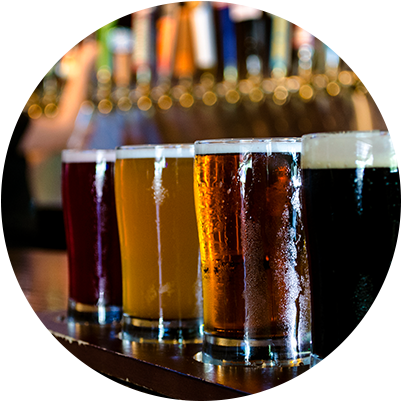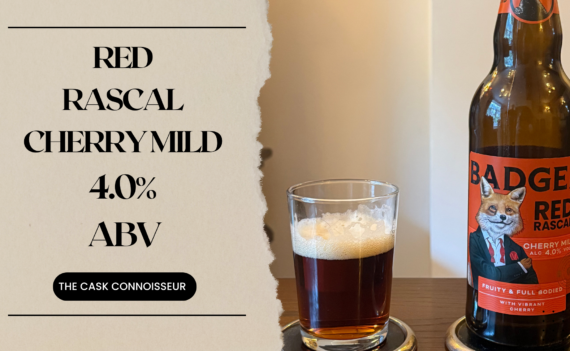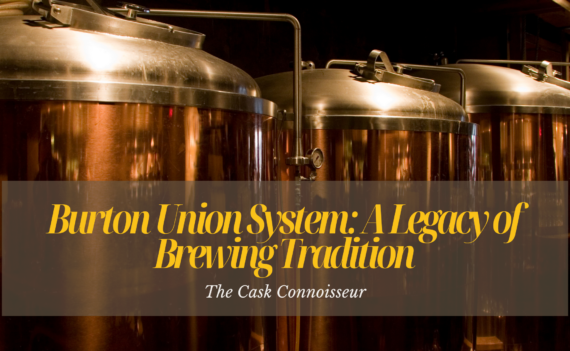The Cask Connoisseur’s latest sample honours the annual ‘Mild May’ which symbolises one of the great
WELCOME
WHO WE ARE
Combining good practice with good ingredients, you end up with fantastic drinks. As an analogy, this is a sustainable proposition for working with the industry and for the public. The Cask Connoisseur combines expertise, knowledge, and enthusiasm with an in-house digital marketing team, who work closely with our members to satisfy their interest in whisky and for partners to create next level campaigns, ensuring that you stay ahead of the curve.

SERVICES
WHAT WE DO

Organically grow your business through Digital PR, Consultancy and honest reviews to elevate your marketing and taste further success.

Keeping you up to date with industry trends and special bottles. Dates for your diary, and improve your drinking experience.

Exclusive insider information and have your opinion heard through surveys, webinars and podcasts.
OUR FAVOURITE PART
THE BLOG
Burton Union System: A Legacy of Brewing Tradition
When it comes to British brewing, the Burton Union System stands as a true testament to the craftsma
May Monthly Round Up For The Beer Drinkers
May has certainly been one of the busiest months for the UK’s Brewing Industry. There’s been a wide
The 20 Most Popular Whisky Distilleries in the UK and Ireland (2025)
Each year, whisky lovers across the globe turn their eyes to the best distilleries. Whether it’s the
Laphroaig Elements 3.0: When a Kiln Fire Sparked a Flavour Revolution
In the world of whisky, precision usually reigns supreme — carefully measured mash bills, precisely
Introducing KinGlassie: InchDairnie Distillery’s Inaugural Peated Single Malts
On 8th May 2025, Fife-based InchDairnie Distillery officially stepped into the spotlight with the la








